There's nothing quite like the thrill of unboxing a brand-new pair of shoes, especially when they're as effortlessly cool and comfortable as Kiziks. But what happens when that initial excitement turns to disappointment because they feel just a smidge too snug?
No need to fret about returns just yet. Stretching your shoes for a better fit is not only possible but easier than you think.
Whether it's adding a little extra room in your favorite leather loafers or easing into those stylish sneakers, we’ll show you how to make your snug shoes fit better than ever.
Why is stretching your new shoes important?
Stretching your shoes isn't just about comfort, it’s about making your footwear work for you.
Here’s why it's a good idea:
Blisters begone
Tight shoes often lead to blisters and discomfort. A gentle stretch can spare you the pain and make breaking in new shoes easier.
Hello, happy feet
Properly fitting shoes support healthy foot posture and reduce the risk of foot problems down the line. Also, stretching ensures your shoes conform to the shape of your foot, not the other way around.
A nod to bunions
For those with bunions, a little extra room can make a big difference. Stretching provides the space needed to relieve pressure on sensitive areas.
One size doesn’t fit all
Feet aren't static; they swell and change throughout the day and throughout life. Stretching allows your shoes to adapt to you so you have a comfortable fit all day long.
Longevity and love
When shoes fit well, you wear them longer and more often. Stretching your shoes means you're investing in a lasting relationship with your favorite pair.
What materials do you need for stretching shoes?
Don’t worry. Shoe-stretching doesn't require a trip to the cobbler or an expensive toolkit.
Here's a simple list of materials you likely have at home to help you gently expand your favorite pair:
- Thick socks: Grab a few pairs of your thickest socks. These will be your go-to for a gentle manual stretch.
- Freezer bags: For the classic freeze method, you'll need a couple of these. They'll hold water that, once frozen, will expand to gently stretch your shoes.
- Spray bottle: Fill this with a mix of water and rubbing alcohol for a homemade shoe stretching spray that'll soften tight areas.
- Blow dryer: A common household hair dryer can gently heat your shoes, making them more pliable for stretching.
- Shoe stretcher: Investing in an adjustable shoe stretcher can be a game-changer, allowing for both width and length adjustments in specific areas.
- Leather conditioner: After using heat or alcohol-based methods on leather shoes, a good conditioner will keep the material supple and prevent drying out.
With these simple items, you're well on your way to getting a more comfortable fit in your shoes. Not just so they’re wearable but also wonderfully comfortable.
5 hacks to stretch your shoes like a pro
Now that you understand the importance of stretching your shoes and what materials you might need, let's dive into the various methods to gently expand them for that dream fit.
1. Use thick socks
A simple and effective way to stretch your shoes is to use thick socks. This will apply continuous gentle pressure.
Steps:
- Layer up: Depending on how much you need to stretch your shoes, start with one or two pairs of thick socks.
- Wear and walk: Slip into your shoes and walk around your home. The added bulk from the socks will stretch your shoes.
2. The freezer method
This is a cool trick that will expand your shoes.
Steps:
- Fill bags: Place water into sealable bags and seal them tightly.
- Position in shoes: Put the bags in the tightest parts of your shoes.
- Freeze: Leave the shoes in the freezer until the water turns to ice and expands, stretching the shoe.
- Thaw and try: After thawing, check the fit and repeat if necessary.
3. Use a blow dryer
Applying heat can make the material more pliable—perfect for leather and suede.
Steps:
- Warm up: Put on a pair of thick socks, then put on your shoes.
- Apply heat: Use a blow dryer on medium heat, focusing on tight areas. Move the dryer around to avoid overheating any one spot.
- Cool down: Keep the shoes on as they cool so they mold to your foot's shape.
4. Shoe stretching spray method
A stretching spray can soften the shoe material, making it easier to expand.
Steps:
- Prepare the spray: Mix water with a small amount of rubbing alcohol in a spray bottle.
- Spray Your shoes: Lightly mist the inside of your shoes, concentrating on the tightest areas.
- Use a stretcher or wear: Immediately use a shoe stretcher or put on the shoes to stretch them as they dry.
5. Use a shoe stretcher
For a more precise stretch, a shoe stretcher is your best bet.
Steps:
- Insert stretcher: Place the stretcher inside your shoe.
- Expand: Adjust the stretcher to gradually widen or lengthen the shoe..
- Leave overnight: Allow the stretcher to work for 24 to 48 hours for the best results.
Each of these methods offers a tailored approach to stretching your shoes, ensuring they fit better than ever. From thick socks to the DIY freezer method, there's a way to make every pair of shoes feel like they were made just for you.
Common mistakes and how to sidestep them
Stretching your shoes can feel like walking a tightrope between too snug and just right. To ensure you're stretching for comfort, let's cover some common pitfalls:
Overstretching your shoes
The goal is a snug, not loose, fit. Start with shorter stretching periods and check frequently. Overdoing it might leave you with a pair of shoes that's too loose, defeating the purpose of stretching them.
Using too much heat on sensitive materials
While a blow dryer can be a magic wand for stretching, high heat can damage materials like suede or delicate leather. Keep the setting on low to medium and maintain a safe distance to prevent scorching or weakening the fabric.
Ignoring shoe material
Not all shoe materials stretch the same way. Leather and suede have some give, but synthetic materials might not budge. Tailor your stretching method to the type of shoe to avoid damaging it.
Neglecting the shoe’s overall shape
Stretching shouldn't alter the shoe's original shape or support. Use methods that target tight areas specifically (think adjustable shoe stretchers) to maintain the integrity and aesthetic of your shoe.
Skipping the conditioner after stretching leather
Leather needs love, especially after being stretched. Apply a leather conditioner post-stretch to keep the material soft, supple, and crack-free.
FAQs: Perfecting Your Shoe Fit Without the Fuss
Can I stretch leather shoes without risking damage?
Yes, you can stretch leather shoes carefully using methods like the shoe stretcher or gentle heat from a blow dryer. Always follow up with a leather conditioner to maintain the shoe's quality.
What's the easiest way to adjust the toe box for more wiggle room?
Using a shoe stretcher is the easiest and most precise way to expand the toe box area, giving your toes the space they need to move comfortably.
Are there safe stretching options for high heels?
High heels can be gently stretched using a shoe stretcher designed for heels or the thick sock method, focusing on areas that need more room.
What should I do if my dress shoes feel too tight?
For dress shoes, consider a combination of stretching spray and a shoe stretcher for a careful stretch, or visit a shoe repair shop for professional help.
How can I ensure a comfortable fit for wide feet?
Look for shoes designed with wide feet in mind, like Kiziks, or use a shoe stretcher to adjust the width of your current shoes.
Is there a recommended stretching method for the width?
Yes, adjustable shoe trees are great for stretching specific parts of the shoe, such as the width, as they can be adjusted to target tight areas precisely.
What's the best approach if DIY methods don't work?
If your stretching doesn’t work, visit a shoe repair shop. These can provide professional stretching services, especially for new leather shoes or unique shoe types.
Don’t want to stretch your shoes?
Sometimes, getting to the perfect fit can feel like more hassle than it's worth. If stretching and tinkering with your new shoes isn’t your thing, there's a straightforward solution: Kiziks.
Designed with innovative technology, Kiziks provide an impeccable fit right out of the box and adapt to the unique contours of your feet without the need for stretching. With Kiziks, you can sidestep stretching altogether and step into consistent comfort and style every time you slip them on.
The Bottom Line
Comfort and the perfect fit are at the top of everyone’s shoe checklist. Stretching your shoes can be a practical solution when a pair feels a bit too snug. However, it's important to remember that not every shoe needs this.
When you wear Kiziks, you're choosing superior fit and comfort straight out of the box. Our innovative design ensures an impeccable feel that caters to the unique shape of your feet. No more need for at-home stretching hacks.
Kiziks immediately feel like they were made just for you.
Sources:
Tight Shoes and Foot Problems - OrthoInfo | AAOS
Bunions - Symptoms & causes | Mayo Clinic
6 Possible Reasons Why You Have Swollen Feet, Ankles or Legs | Keck Medicine of USC



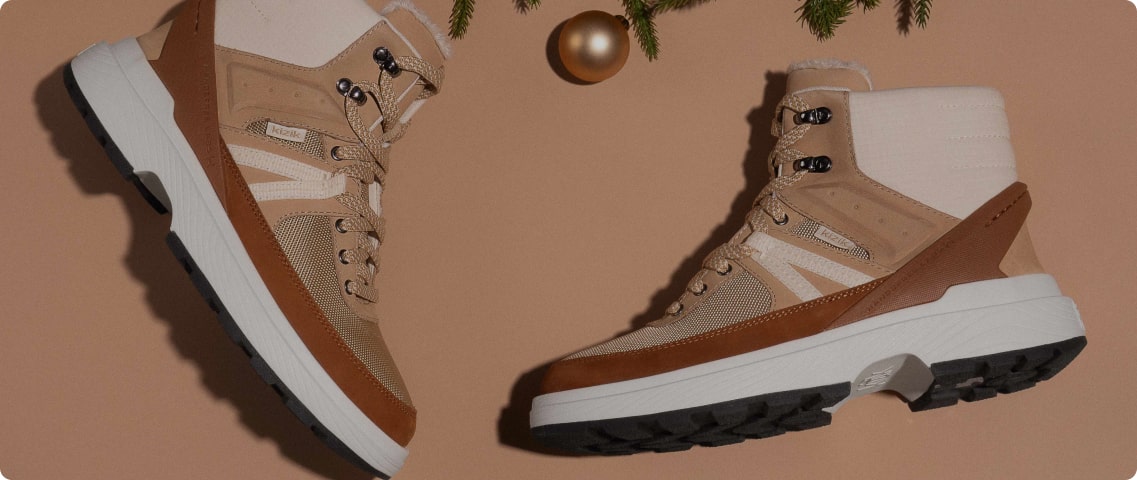
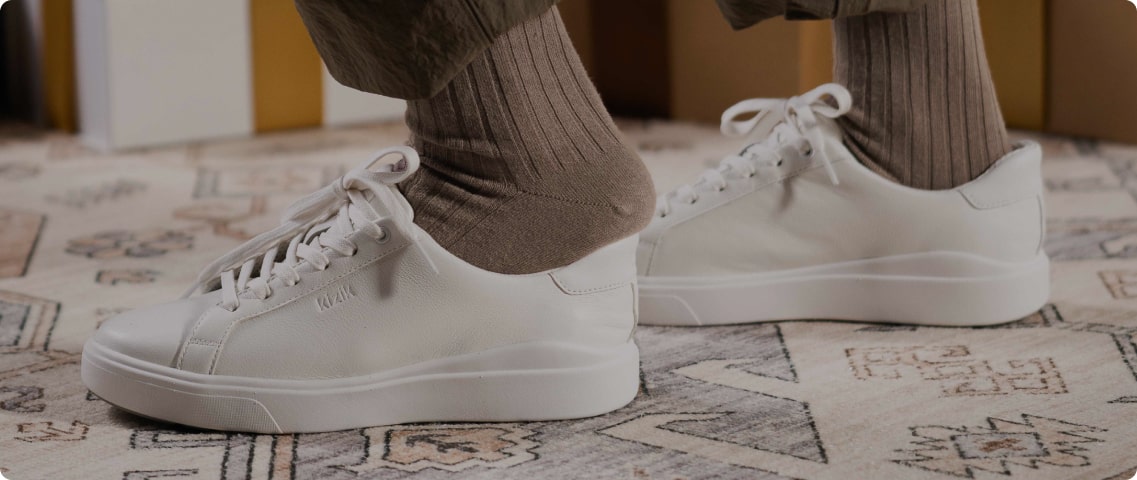
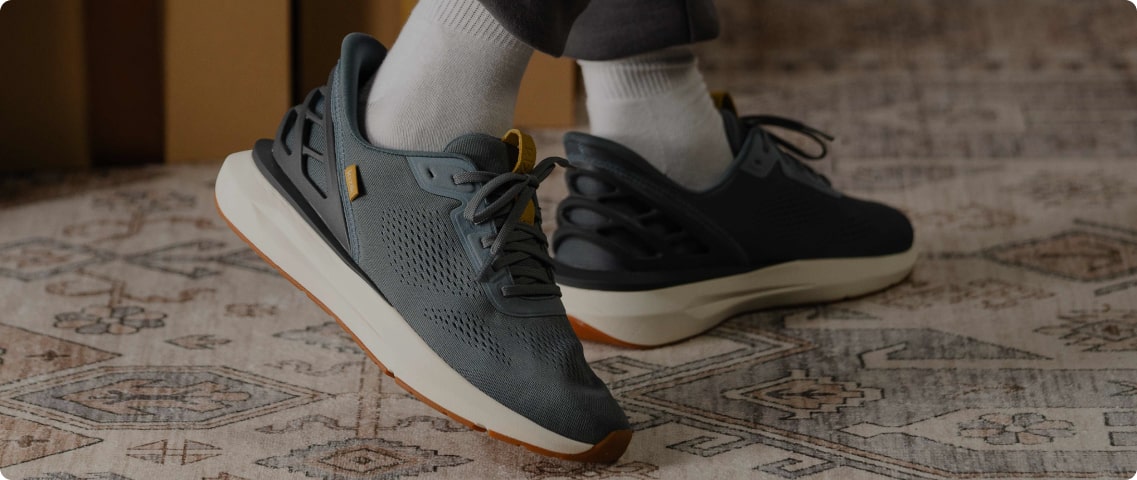


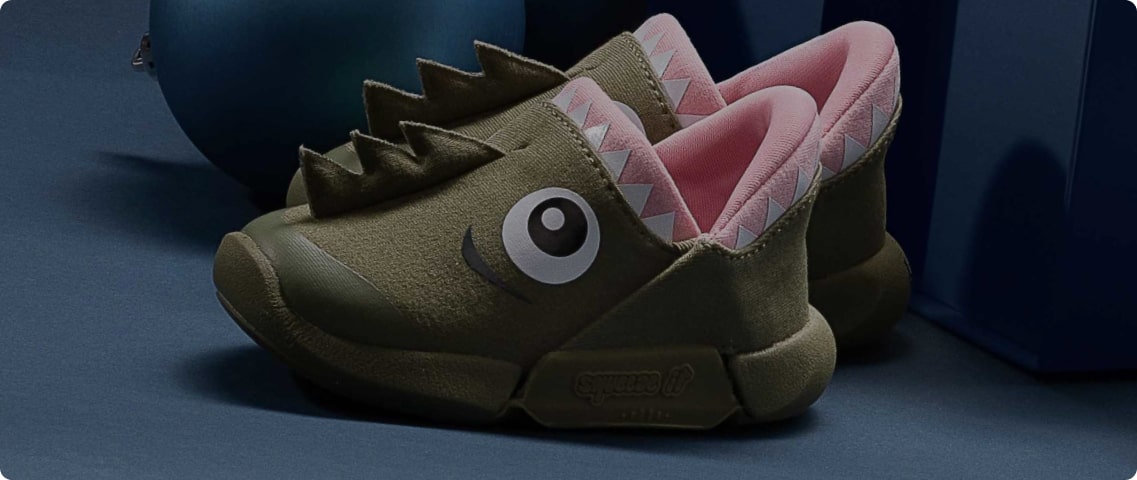
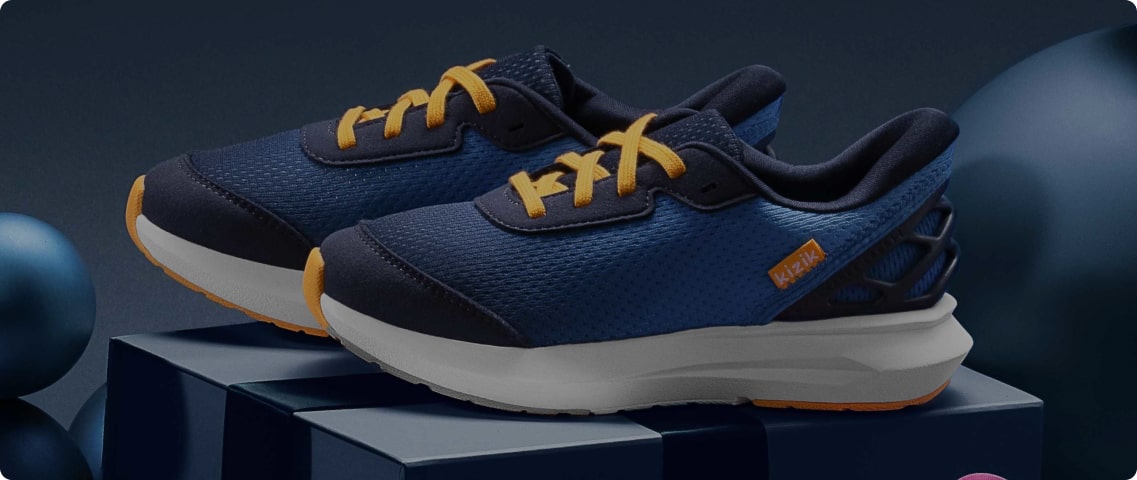
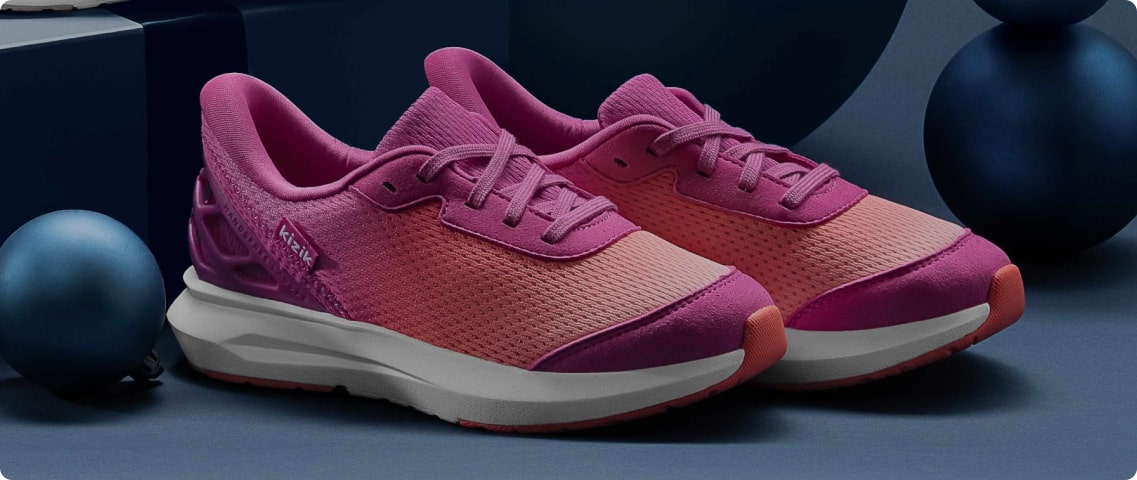

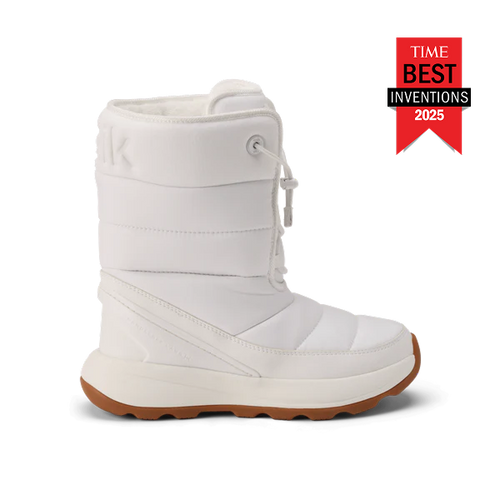


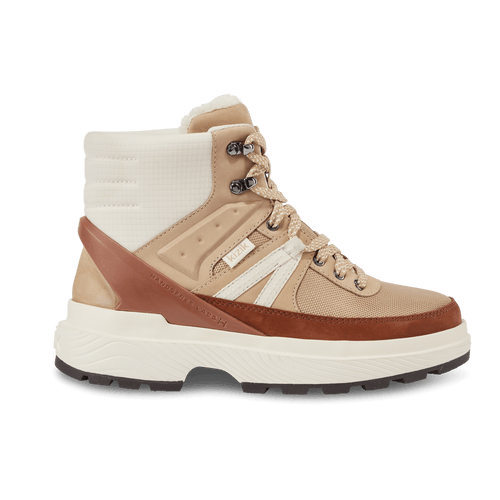
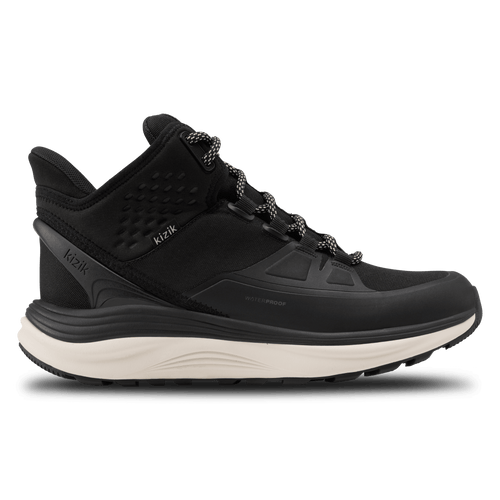








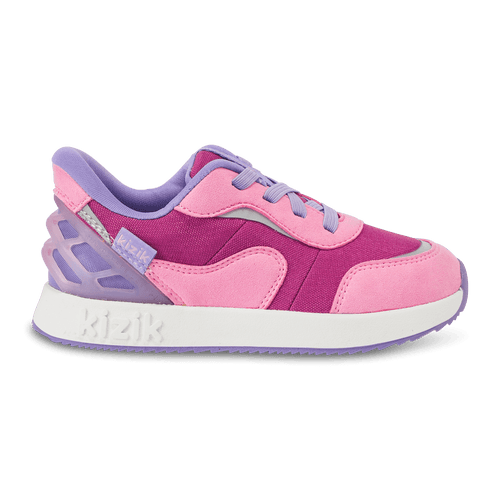

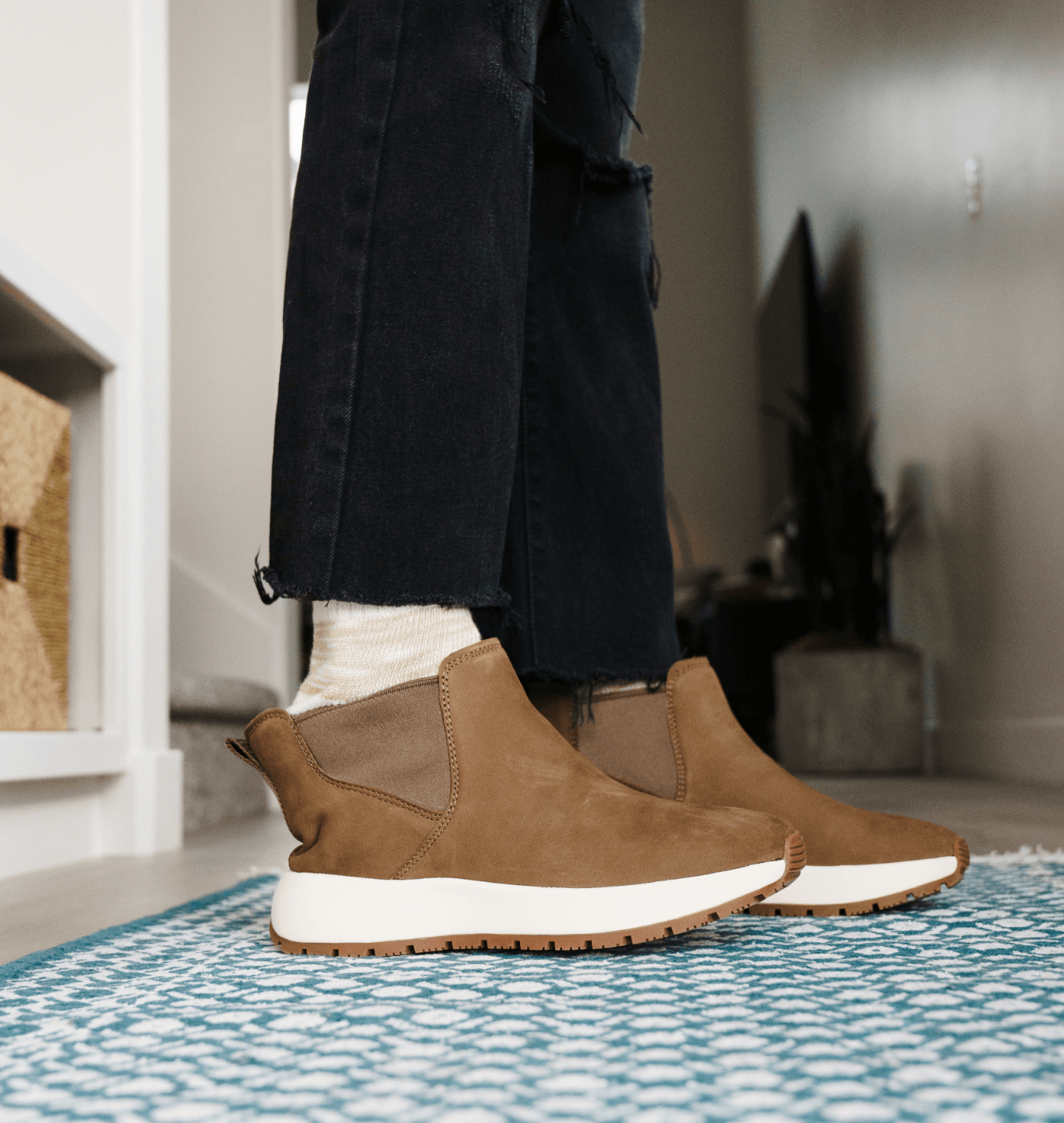
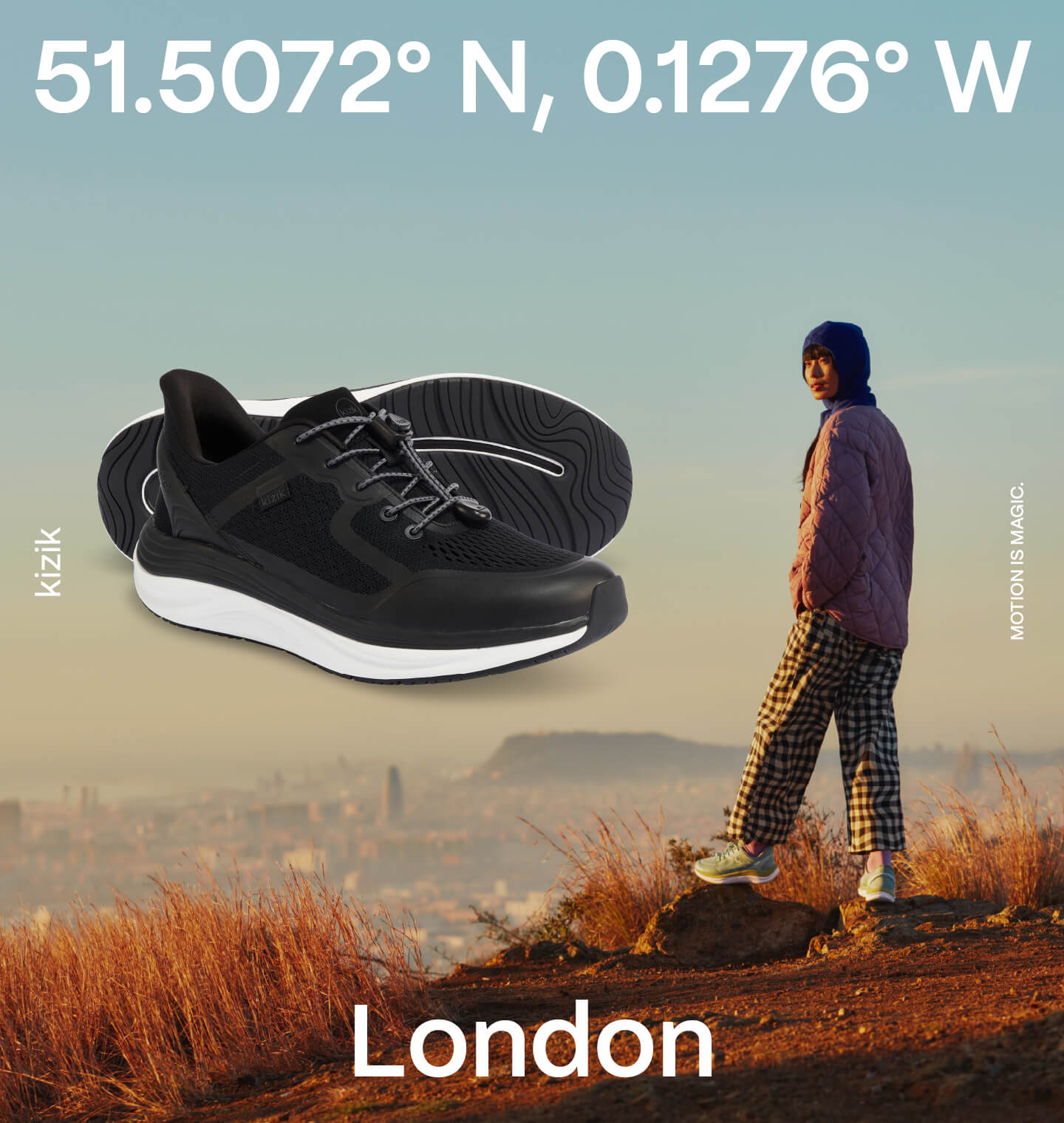
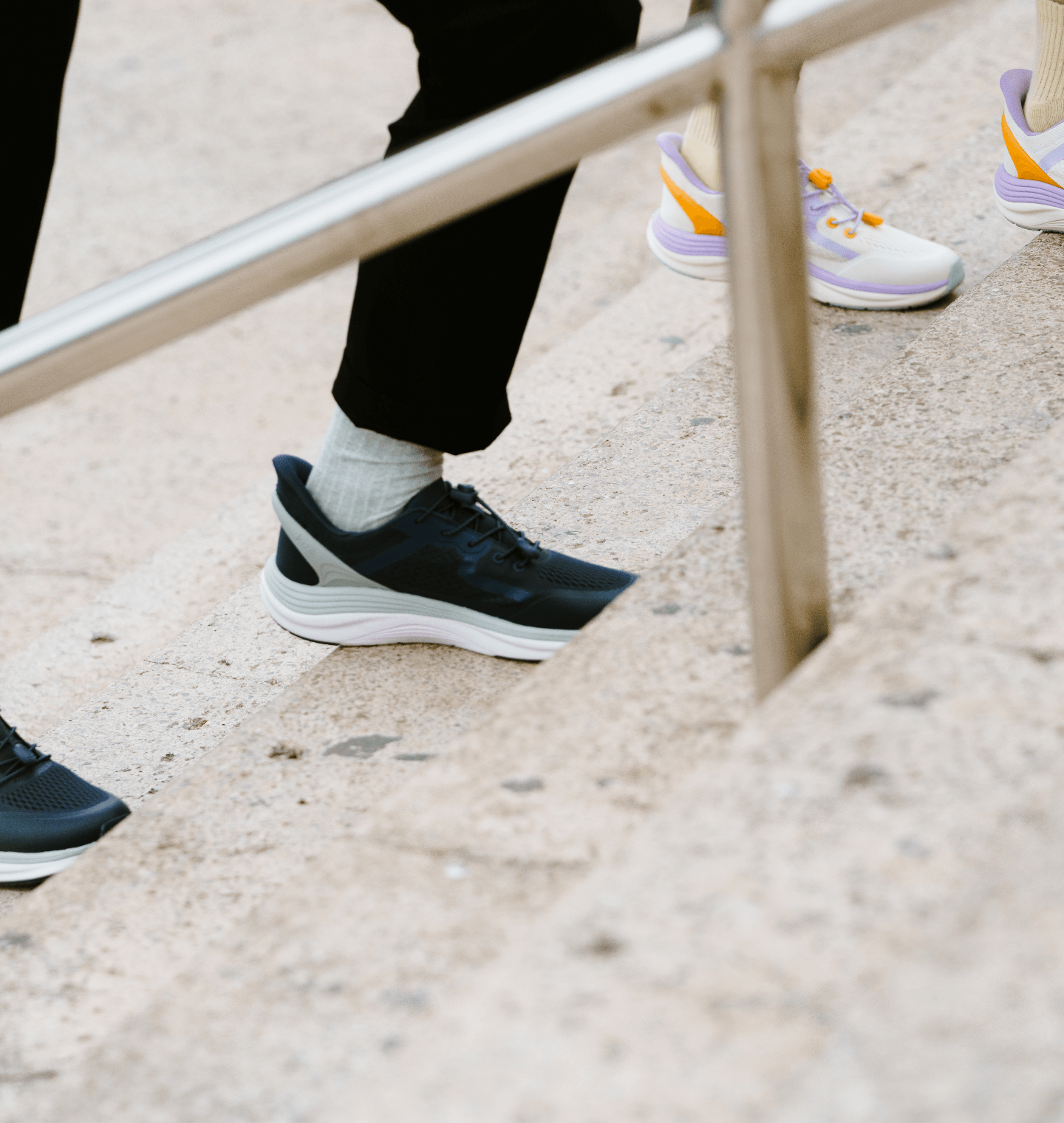
Leave a comment
This site is protected by hCaptcha and the hCaptcha Privacy Policy and Terms of Service apply.